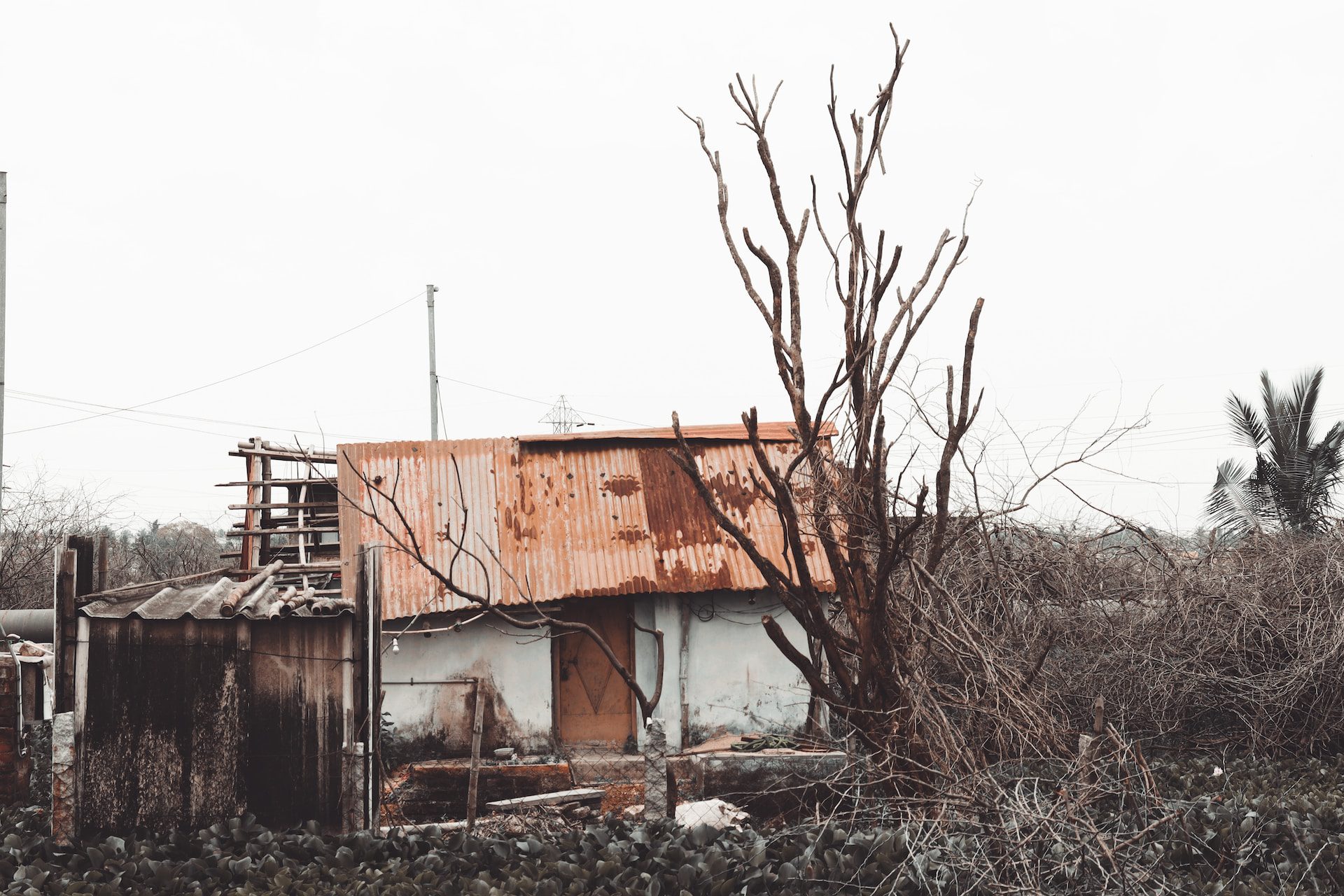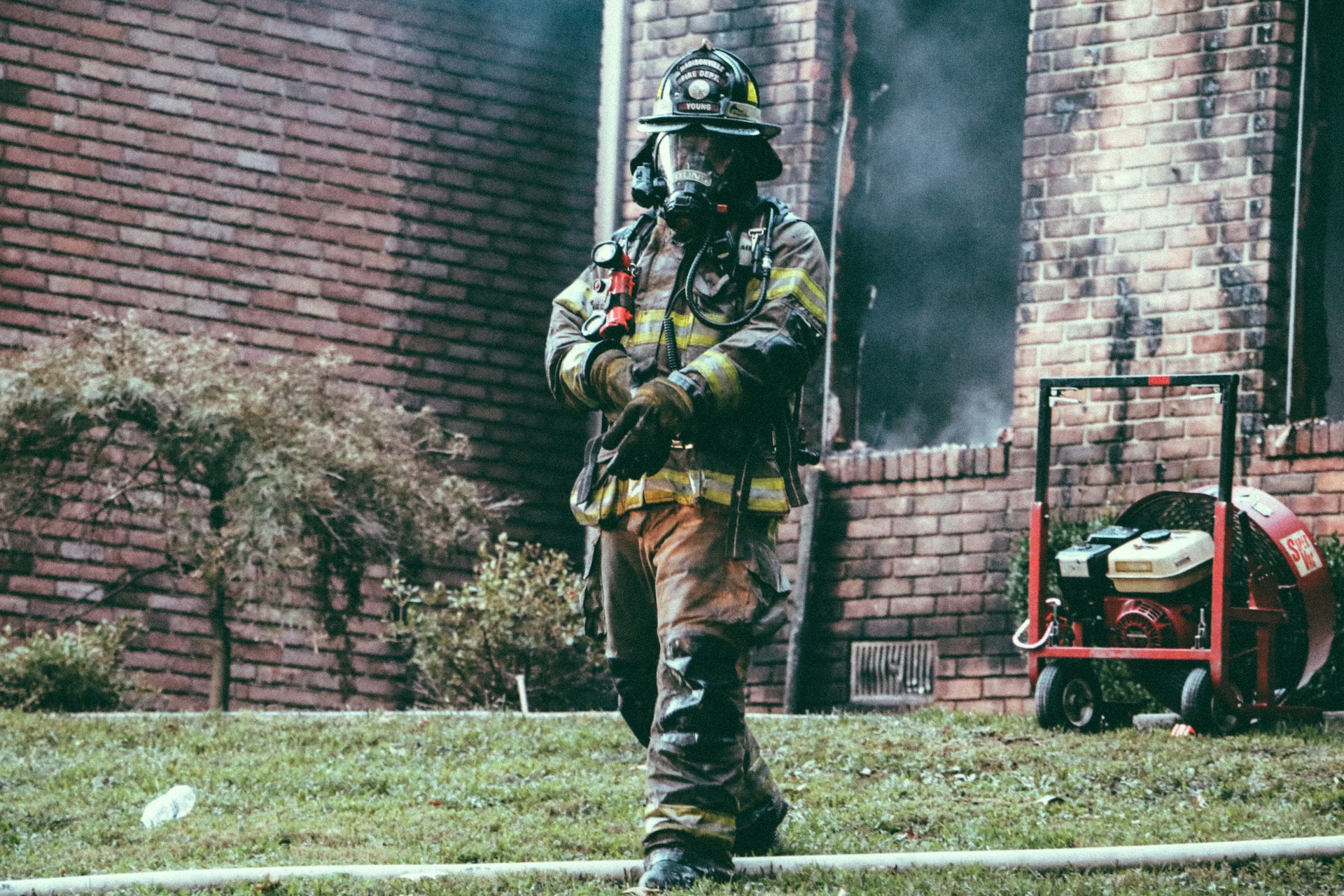Common Causes of Fire Damage
Fires can start for a variety of reasons, including electrical malfunctions, candles, cooking accidents, and natural disasters. Understanding the most common causes of fire damage can help homeowners and businesses take preventive measures to reduce the risk and be better prepared to mitigate the impact should a fire occur.
Electrical issues, such as faulty wiring or overloaded circuits, are a leading cause of fires. Regularly inspecting and maintaining electrical systems can help identify and address potential problems before they become hazardous. Additionally, being mindful of fire hazards like candles, space heaters, and cooking equipment can greatly reduce the likelihood of a fire breaking out.
Restoring Fire-Damaged Structures
Rebuilding and restoring a structure after a fire can be a complex and daunting process. Homeowners and business owners must address a range of issues, from smoke and soot damage to structural integrity. Partnering with experienced fire damage restoration professionals is crucial to ensure the safe and effective restoration of the property.
The restoration process typically involves thorough cleaning, deodorization, and, in some cases, structural repairs or reconstruction. Specialized techniques and equipment are necessary to address the unique challenges posed by fire damage, such as smoke penetration and the removal of hazardous materials. A comprehensive restoration plan can help minimize the long-term impact and get the property back to its pre-fire condition.
Protecting Your Home from Storm Damage
Severe weather events, such as hurricanes, tornadoes, and heavy rain, can cause significant damage to homes and properties. Homeowners should be proactive in preparing their homes for potential storm threats, as prevention and preparedness can make a significant difference in the level of damage and the recovery process.
Key steps in protecting a home from storm damage include inspecting the roof, gutters, and windows for any vulnerabilities, securing loose outdoor items, and ensuring the home's drainage systems are functioning properly. Additionally, having a plan in place for emergency supplies, evacuation routes, and contacting restoration services can help minimize the impact of a storm and expedite the recovery process.
Navigating the Insurance Claims Process
Filing an insurance claim after a disaster, such as fire or water damage, can be a complex and often overwhelming process. Understanding the steps and requirements involved can help homeowners and business owners navigate the claims process more effectively and ensure they receive the coverage and support they need.
Key considerations in the insurance claims process include thoroughly documenting the damage, communicating with the insurance provider, and maintaining detailed records of all expenses and restoration efforts. Seeking the guidance of a restoration specialist can also be beneficial, as they can assist in navigating the claims process and advocating on the client's behalf to ensure a fair and timely resolution.











